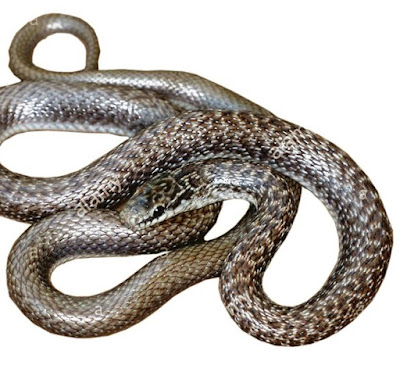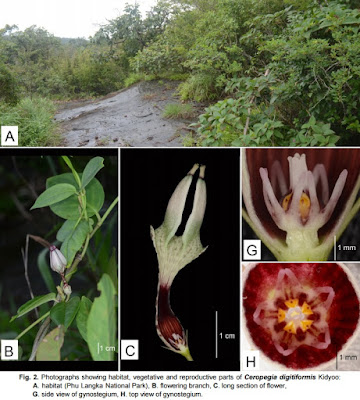[Most Recent Entries] [Calendar View]
Friday, February 3rd, 2017
| Time | Event | ||
| 9:50a | [Herpetology • 2017] Back from the Dead! Resurrection and Revalidation of the Indian Endemic Snake Genus Wallophis Werner, 1929 (Squamata: Colubridae) insights from Molecular Data
Abstract The monotypic colubrid snake genus Wallophis is revalidated and rediagnosed. Partial sequence for nuclear gene Oocyte maturation factor Mos (c-mos), mitochondrial Nicotinamide adenine dinucleotide dehydrogenase subunit 4 (ND4) and cytochrome b (cyt b) were used to assess phylogenetic relationship. Wallophis brachyura type species for the genus was found to be a member of the Western Palearctic clade of Colubrinae and is recovered as a sister taxa to Wallaceophis gujaratensis. Wallophis differs from Wallaceophis in an uncorrected pairwise p-distance of 17% for mitochondrial ND4 gene. Wallaceophis gujaratensis was described in three different spellings in the literature hence we here propose Wallaceophis gujaratensis as the correct spelling for the species based on provisions in the article 24.2.3. of the International Code for Zoological Nomenclature. Keywords: Taxonomy, phylogeny, cyt b, ND4, c-mos, reptilia, colubridae, colubrinae, Coronella, Wallaceophis, ICZN Zeeshan A. Mirza and Harshil Patel. 2017. Back from the Dead! Resurrection and Revalidation of the Indian Endemic Snake genus Wallophis Werner, 1929 (Squamata: Colubridae) insights from Molecular Data. Mitochondrial DNA Part A. DOI: 10.1080/24701394.2016.1278536 | ||
| 3:02p | [Botany • 2017] Ceropegia digitiformis sp. nov. (Apocynaceae, Asclepiadoideae) from northeastern Thailand
ABSTRACT A new species, Ceropegia digitiformis Kidyoo, was discovered from northeastern Thailand. It is here described and illustrated. Photographs and a diagnostic comparison with the morphologically similar related species, Ceropegia thwaitesii Hook., are also provided. These two species display clear difference in shapes and pubescence of the corona lobes. KEY WORDS: Apocynaceae, Asclepiadoideae, Ceropegia, northeastern Thailand Ceropegia digitiformis Kidyoo, sp. nov. Ceropegia digitiformis can be distinguished from C. thwaitesii by its outer corona of the same length as inner corona, glabrous outer coronal lobe whose apex is deeply bifid with linear-lanceolate segments, and linear-lanceolate inner corona lobes. Etymology: The specific epithet ‘digitiformis’ refers to the finger-like structure of the outer corona, brought about by division of each outer corona lobe at the apex extending through most of its whole length into two segments. Each segment is linear-lanceolate, subterete, slightly compressed with a blunt apex (Fig.1C & 2G) Manit Kidyoo and Chanita Paliyavuth. 2017. Ceropegia digitiformis sp. nov. (Apocynaceae, Asclepiadoideae) from northeastern Thailand. Taiwania. 62(1): 24‒28. DOI: 10.6165/tai.2017.62.24 |
| << Previous Day |
2017/02/03 [Calendar] |
Next Day >> |




